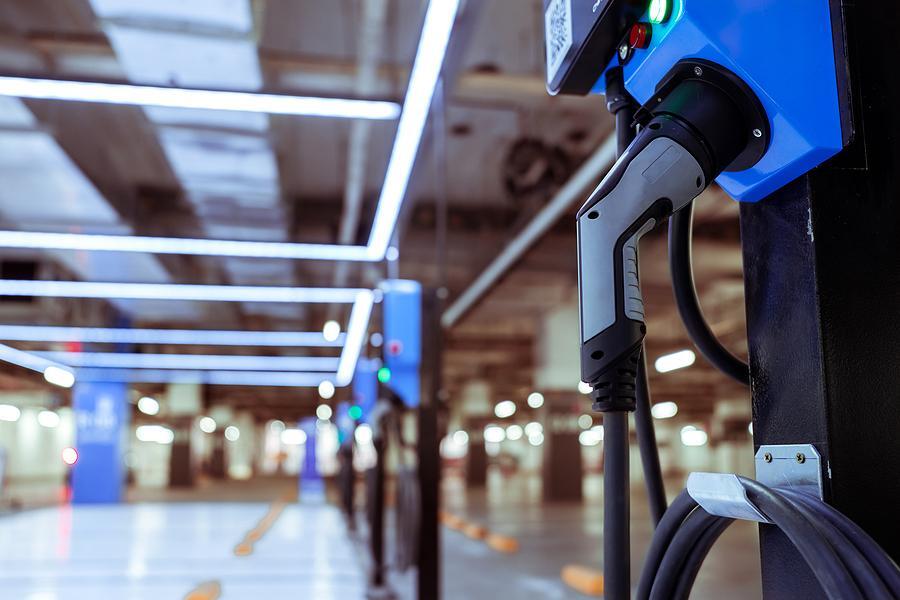Call This Tuesday to Get 25$ OFF
24-Hour Emergency Electricians in San Antonio
Call this Tuesday to Get 25$ OFF
Need an Electirician?
SCHEDULE SERVICE NOWCall Us Now
210-955-9600Call This Tuesday to Get 25$ OFF
24-Hour Emergency Electricians in San Antonio
Call this Tuesday to Get 25$ OFF
Need an Electirician?
SCHEDULE SERVICE NOWCall Us Now
210-955-9600
The adoption of electric vehicles continues to impress as global sales of fully electric and plug-in hybrid vehicles rose by an annual 30.5% in September 2024 according to market research. With mass-manufacturing in full swing, perhaps the bigger restraint on total adoption is charging and battery.
The good news is that the infrastructure is developing fast. Better yet, homeowners have the opportunity to have their very own EV charger installation at their house. You’ll have to do some due diligence though – and Mr. Electric is here to help.
Level 1 charging is the simplest and most accessible type because it doesn’t require any special equipment or hiring an affordable electrician. You can plug your EV directly into a standard 120-volt outlet – yes, the same kind you use for your toaster or laptop.
While Level 1 charging does not require additional equipment or wiring, and there’s no need to pay for installation, there is one huge drawback: Level 1 charging typically adds ONLY about 3 to 5 miles of range per hour. For a typical EV, this could mean around 20 hours for a full charge.
If you can charge overnight without a rush and only drive short distances, then Level 1 charging may be enough to cover your needs.
Level 2 charging is where things start to get interesting. Unlike Level 1, Level 2 chargers require a 240-volt outlet (similar to what you might use for a dryer or oven). That is to say you’ll like need the expertise of an EVSE installer – but consider this an investment.
Level 2 chargers are up to 20 times faster than Level 1 chargers, capable of charging up to 60 miles of range per hour depending on your EV and charger setup. It’s worth noting that a Level 2 charger may need a dedicated spot, so you’ll want to make sure you have the space in your garage or driveway.
Level 3 chargers, often called “DC fast chargers” or “superchargers,” are the crème de la crème. While the other two chargers use AC (alternating current) power, these superchargers use DC (direct current) power. This power boost translates to charging 80% of the battery in as little as 20 to 40 minutes!
If you think that’s too good to be true – you’re kind of right. Level 3 chargers require powerful electricity, and the infrastructure in residential areas typically do NOT support these superchargers. Most Level 3 chargers are located at public stations in areas like rest stops, gas stations, or shopping centers.
It’s worth noting, however, that DC fast chargers are not all great. Regularly using a Level 3 charger can potentially reduce your battery’s lifespan due to the high charge rate.
Whether you need help choosing and installing a charging station or are looking for emergency electrical repair service, the dedicated team of electricians at Mr. Electric is ready to help. We are proud to serve homeowners and businesses alike.